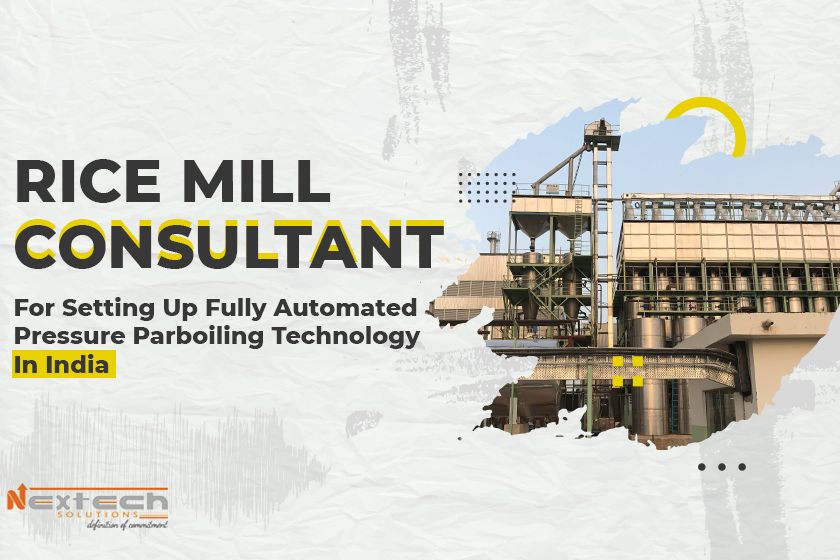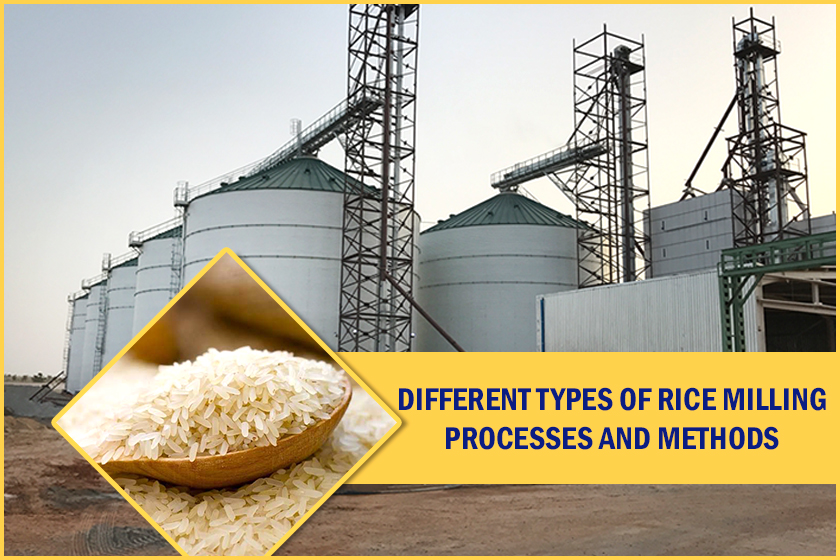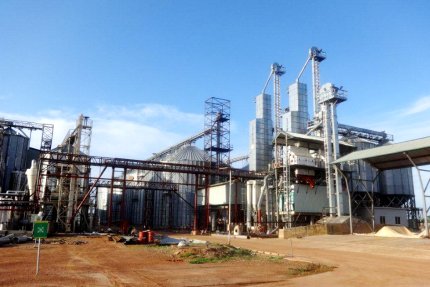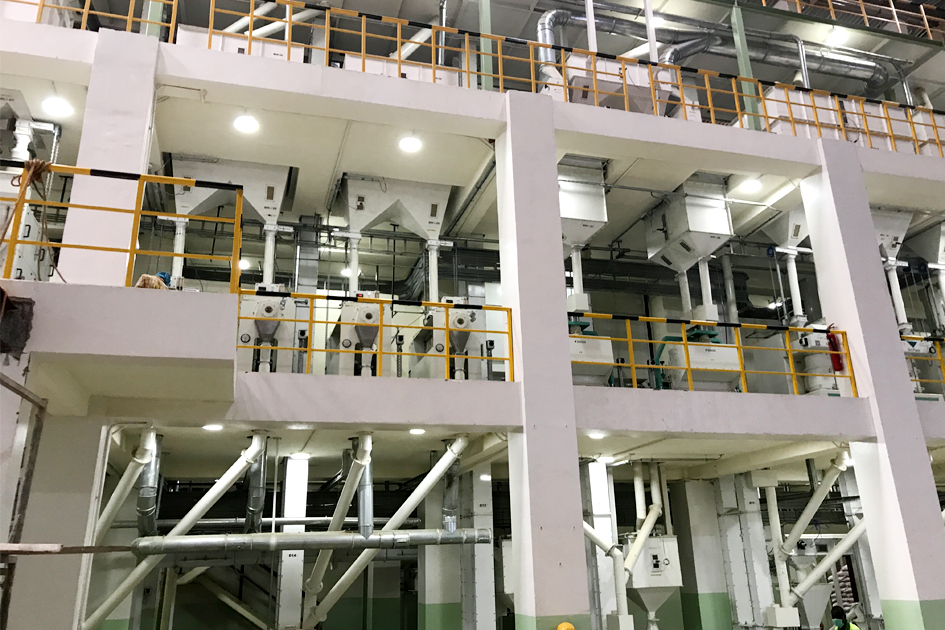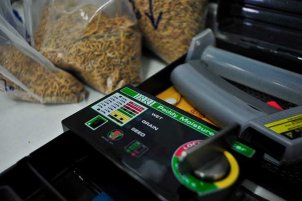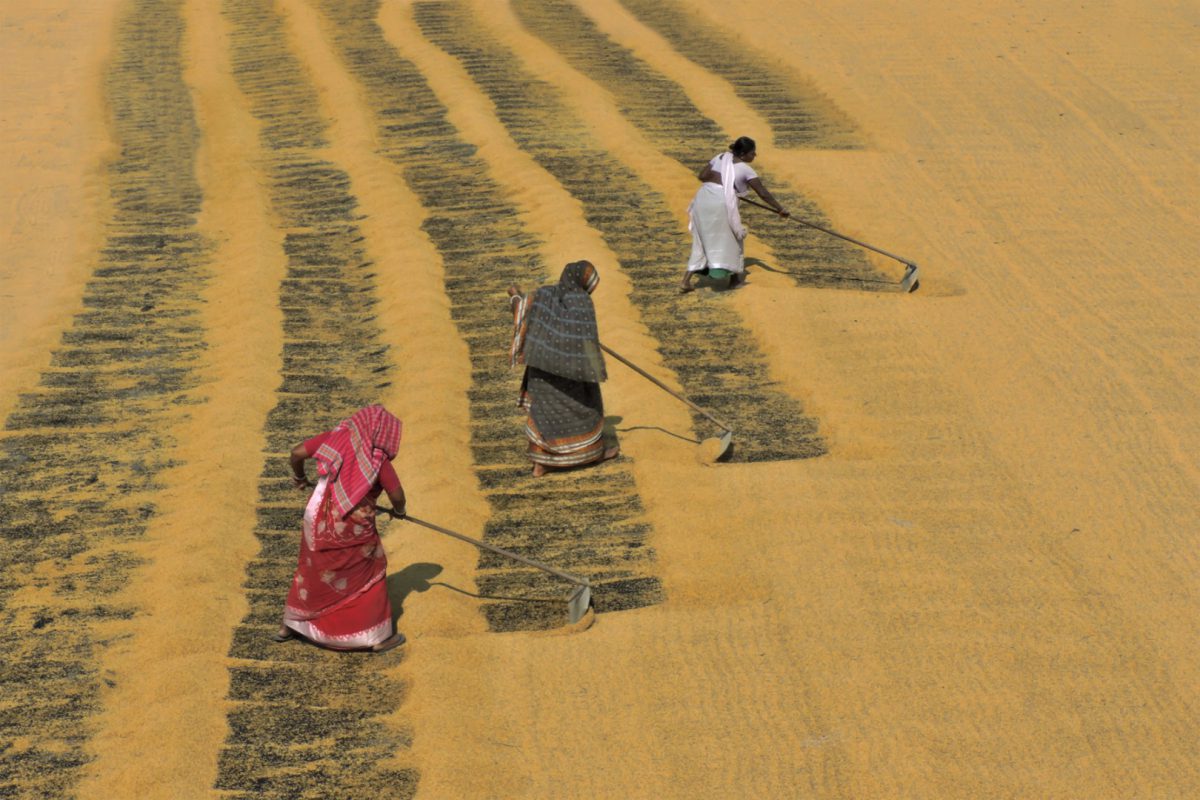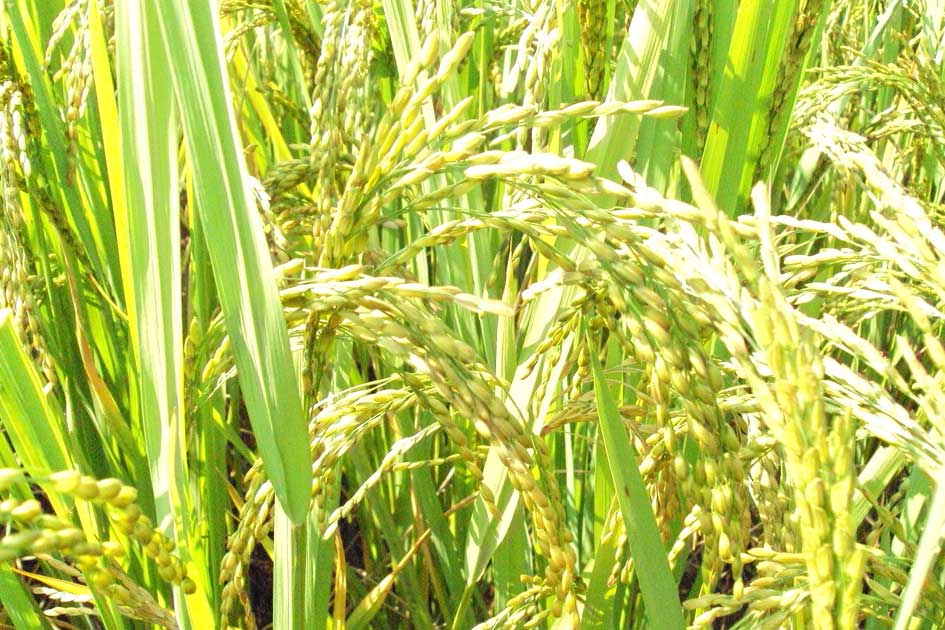Parboiling Technology is widely preferred for getting high-quality rice. Parboiling includes different systems to ensure the ancient process of boiled rice in paddy form. While using the fully automated pressure parboiling technology, the paddy will be soaked partially and mainly treated using high pressure. Pressure Parboiling Technology is considered as a quick process compared to the traditional parboiling method.
It is quite a convenient option to save more money. Pressure parboiling of rice mainly provides the better option for getting quality rice. In this process, the rice would be gelatinized instantly. Upon choosing the leading Rice Mill Consultant, it is quite an efficient option to set up the fully automated pressure parboiling technology in India.
Setting Up Fully Automated Pressure Parboiling Technology
Nextech Grain Processing & Engineering Solutions Pvt. Ltd is the leading consultant for providing you with the complete guidance and resources for setting the proven technology of pressure parboiling technology. Installing this unique system automatically allows getting quality rice with a simple process than traditional methods.
Trend of Fully Automated Parboiling system has been increasing and steadily picking up its pace. These overcome many drawbacks existing in batch-wise processing. New installations are looking for the best solution providers of paddy parboiling based on the demands. This provides automatically parboiling, which will complement the sophisticated technology on saving more time.
Under the Parboiling, the colours of the final rice as well as nutritional values are upto the highest quality. The right process is established here to achieve the desired end product. The Storage Silo Project Consultant is ready to help in establishing a Rice Mill Layout Plant for producing parboiled rice that mainly ranges from deep yellow to white.
Nextech assures providing the best rice parboiling plants that are available with current technology. Complete parboiling infrastructure is specially designed on the basis of process mainly carried out in the plant, demography, environmental system and based on the grain.
Three-Stage Process:
- Stage 1: Pre-Hydration
With completely cleaning the paddy, it will be placed in the pre-hydration machine so the steam would enforce the low pressure for increasing porosity in the husk. This increases bonding strength.
- Stage 2: Hydration
The Hot Water Hydration process is the 2nd phase for easily drawing the water-soluble vitamins as well as minerals from barn layers as well as germs. When the grain reaches saturation level, the hydration process will be stopped.
- Stage 3: Gel Cook
The Gel Cook is the final stage in which the low medium pressure and steam are introduced. Water-soluble nutrients will be pressed into the endosperm. Gel cook treatment automatically locks nutrient into the grain with maintaining the quality.
Nextech is the leading Rice Mill Business and is only responsible for bringing tried, tested, proven and well-established technology of pressure parboiling to India from STUDIO TECNICO APPIANI of Italy. They offer the all-in-one solution in manual, semi-auto and auto modes of operation based on customers’ preference.
 MAIL US :
MAIL US :
 CALL US :
>
CALL US :
>
